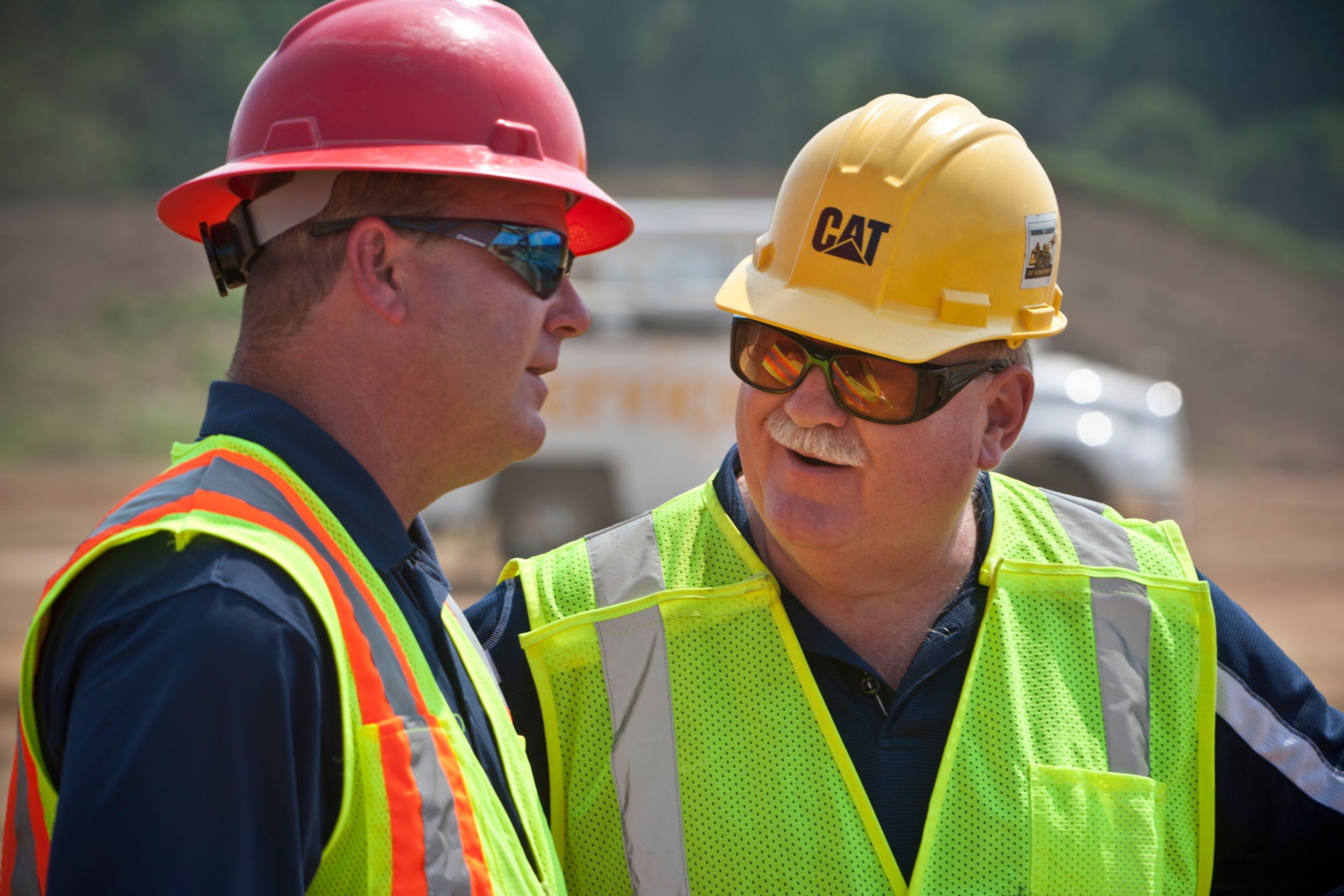

Sign In
Welcome! Sign In to personalize your Cat.com experience
If you already have an existing account with another Cat App, you can use the same account to sign in here
Register Now
One Account. All of Cat.
Your Caterpillar account is the single account you use to log in to select services and applications we offer. Shop for parts and machines online, manage your fleet, go mobile, and more.
Account Information
Site Settings
Security
It’s Time for a New Conversation about Bearing Life
The key to pumping more barrels at a lower cost is no secret: You want to use a larger plunger at a higher flow rate at a greater pressure. But achieving that magic combination requires pumps that can handle more rod load, the force that acts on the bearings and ultimately causes them to fail. If bearings fail prematurely, your pumps shut down—and your costly non-productive time goes up.
But how do you cull through all the sales jargon to determine just how much rod load bearings from different manufacturers can handle—and how long they’re likely to last? The answer is simple: B10.
What is B10?
B10 is an engineering design term used across industries to describe longevity. It measures the time at which 10% of a population of a given product is likely to fail. Another way to look at it: B10 is the minimum lifetime of 90% of a given batch of products—which means many may far surpass that number.
At Caterpillar, we use B10 to define the minimum lifetime of our bearings. Take a Cat® bearing with a B10 rating of X. That means we’re confident that 90% of the time—no matter how intense or damaging your application—the bearings inside your pump will last at least X hours, if not significantly longer.
Why does B10 matter?
One, it allows you to make apples-to-apples comparisons. Rather than trying to decipher the differences between terms like “intermittent use” and “continuous use”—which don’t actually tell you anything about longevity—you can use B10 ratings to see exactly how long Manufacturer A’s bearings are likely to last versus Manufacturer B’s.
Two, it helps you understand what you’re paying for. A pump with bearings that have a higher B10 rating may cost more upfront, but because you can pump more using less equipment and fewer consumables, your operating costs over the long haul are much less. Knowing the B10 rating also lets you predict the end of a bearing’s useful life, so you can plan your downtime and avoid expensive non-productive time.
How does Caterpillar achieve better B10 ratings?
We improved both bearing design and lubrication to maximize rod load for our pumps. That includes material and design changes to the roller bearings, as well as new pathways and components for better lubrication and flow. What didn’t change was bearing size—which means you can include our new, higher-rod-load bearings in older equipment when performing a rebuild.
Ready to start the B10 conversation?
Next time you’re shopping for pumps, be sure to ask for B10 ratings so you can make an accurate comparison. At Caterpillar, we’re happy to share ours—because we’re confident our design backs up the numbers. Talk to your Cat dealer for more details.


